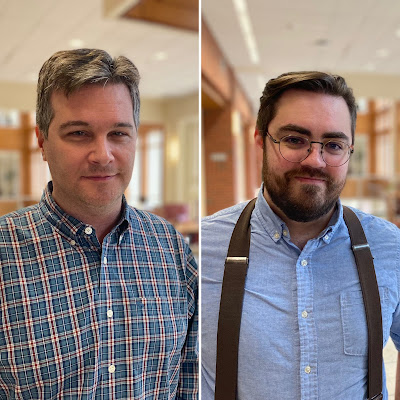Winds of renewable change with insight from Michael Bergey

Daily Sparks Tribune
By Cortney Maddock
August 11, 2010
RENO — A slight breeze blew through northern Nevada on Tuesday morning, but by mid-afternoon the breeze had grown into gusts. Those invisible forces of nature are what NV Energy is hoping to harness with the help of area homeowners, business owners and land owners.
During the Nevada Wind Conference held Tuesday sponsored by NV Energy, renewable energy resources and projects — such as wind turbine installations — were discussed in terms of affordability and sustainability.
Karl Walquist, a spokesperson for NV Energy, said more than 90 people attended the event seeking information about wind power. He added that the power company has seen an increase in the number of people wanting to install solar panels or wind turbines.
“There has been an increase in applications from year to year, especially in solar, since the program started in 2004,” Walquist said about the RenewableGenerations program, which helps offset the cost of installa tion for homeowners, small business, schools and other public buildings.
In 2004, the program had four SolarGenerations projects completed. In 2009, 194 projects were completed by people who applied to the program.
There has also been an increase in small wind projects, Walquist said, as well as hydroelectric renewable energy applications.
In six years, RenewableGenerations has helped Nevada residents install 595 solar projects, 36 wind projects and three hydro projects with the help of more than $15 million in rebates.
“For hydro, there aren’t as many sources, but there are areas in Nevada, this is for ranchers and farmers, if they have water on their property they can harness it for power,” Walquist said, adding that there is a new hydroelectric project outside of Austin in southern Nevada.
Although Wednesday’s conference focused on wind power, Larry Burton, program director for RenewableGenerations, said sola r and wind are both viable resources in northern Nevada.
“If (people) have a good resource, wind might be cheaper to install,” Burton said. “But in a state that has 300 days of sun a year, it is easier to predict solar.”
For smaller projects, Walquist suggested looking into rebate programs to make installation more affordable.
“Smaller projects are homeowners, business or public buildings or schools — they are all eligible for rebates,” Walquist said.
Unlike large wind projects, such as a more than 150-megawatt project in Ely and a 200-megawatt project in Jackpot, Walquist said small projects usually generate enough energy to sustain an individual building but not the community.
Speaking at the conference was Michael Bergey, president of Bergey Windpower Co., who has worked in the renewable energy field for about 35 years.
“The last real job I had was pizza-making in college,” Bergey joked. When I got started, we were in the middle of an energy crisis in the 1970s. Jimmy Carter was president and offered tax credits for wind projects.”
Bergey started building wind systems at the University of Oklahoma.
“I built wind systems and fell in love with it,” Bergey said. “It’s hard work but very rewarding work.”
Although the technology has come a long way, Bergey said the typical design of a wind turbine has stayed relatively the same throughout the years.
“The turbines built today are not your grandfather’s turbine,” Bergey said. “The technology has changed, there is less noise. We have done a lot of work to take the noise out of the system.”
For people installing wind systems in residential areas or on businesses or public buildings, Bergey also said the size of the system is significantly smaller than what people are used to seeing for larger projects. He said the blade would probably only span about 20 to 25 feet.
“There are the national strategic interests of getting off foreign oil and there are the foreign interests of limiting CO2 output,” Bergey said. “But to the individual, they can subsidize their power bill for almost nothing.”
Anywhere from 20 to 80 percent of a project’s cost can be covered by rebates, Bergey said, adding that looking into the local power company’s rebate program is always a good place to start.
“I’d have people start with our website,” Walquist agreed. “We have a listing for these programs and we also have a list of contractors.”
Before starting their own renewable energy project, Bergey said people should take smaller strides toward conservation.
“Our recommendation is to do all you can to conserve energy,” Bergey said, suggesting things such as checking your home’s insulation as well as appliances and windows to save energy. “Then look at small wind and solar to take care of the rest.”
For more information about NV Energy’s renewable programs, visit www.nvenergy.com.


